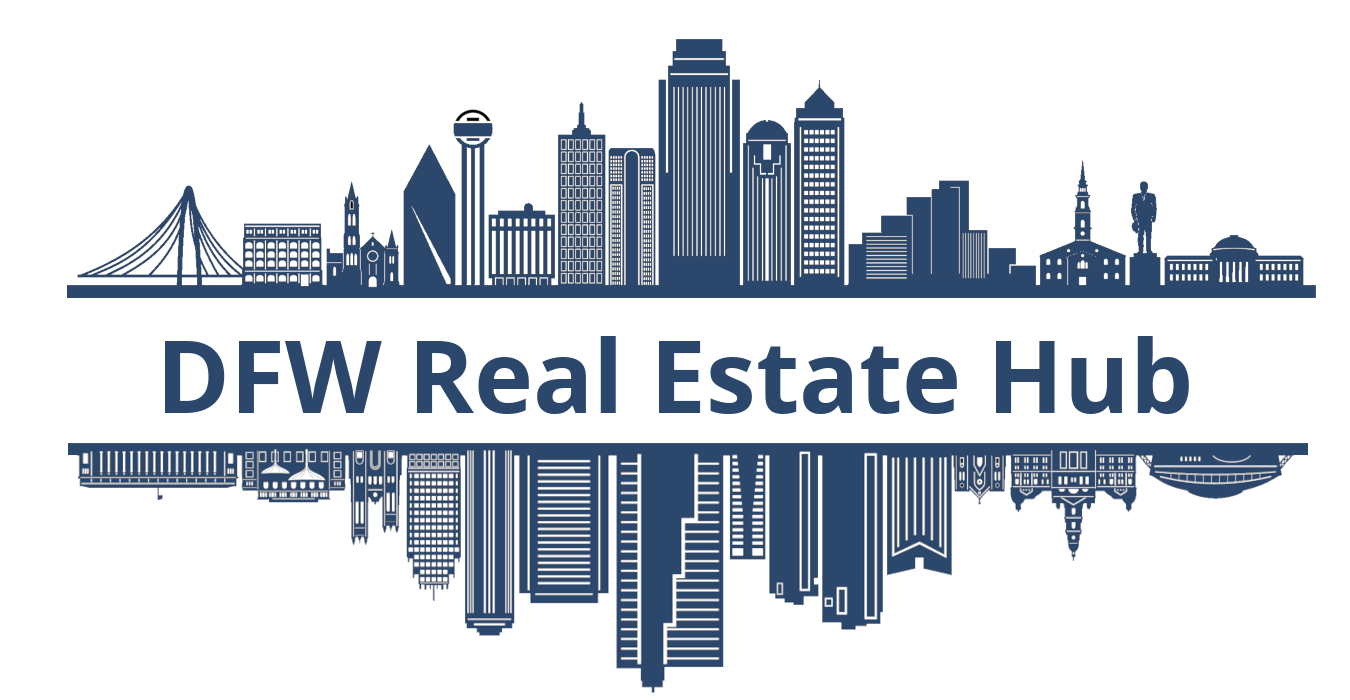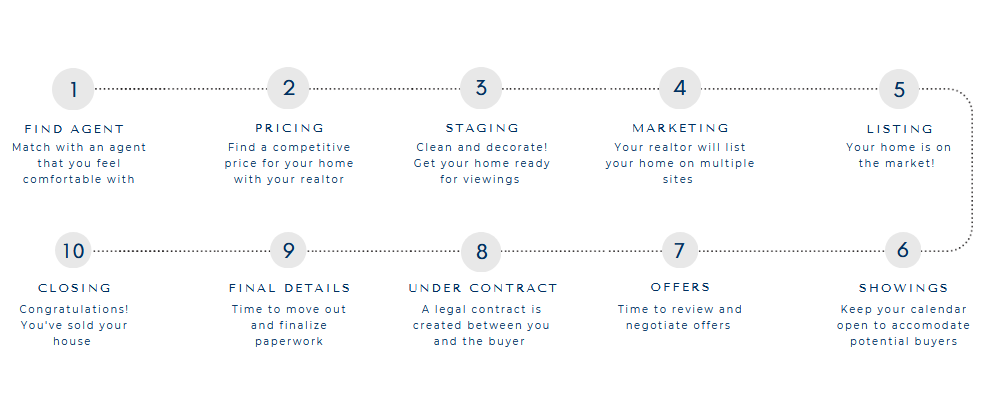Home Buying by the Numbers – Financing
DOWN PAYMENTS
Twenty percent is the general rule.
If you are looking for the best interest rates and the best mortgage loan products then you will want to put at least 20% down. A 20% down payment avoids Private Mortgage Insurance, or PMI. PMI is insurance, which is required by lenders as a sort of foreclosure insurance for borrowers who put less than 20% down on their home. You pay PMI until the equity in your home becomes at least 80%, and the money you pay to PMI does not go towards the principal balance on your mortgage loan. Why do lenders insist upon PMI? Statistics show that the larger the down payment made on the purchase of a home, the less likely the borrower is to wind up in foreclosure. It is almost as if borrowers who make larger down payments simply have more invested in the home and is therefore more vigilant in making their payments each and every month. So when you are talking to a mortgage consultant and they quote you certain terms and interest rates they are more than likely assuming that you intend to make a 20% down payment. If you are going to put less than 20% down then you should let your consultant know this; they may have different products for borrowers who are not making a 20% down payment. These different products aren’t always less desirable than the other products because many lenders understand that people can’t always scrape together a 20% down payment in every case.
There are ways to get around the twenty percent down payment.
There are all sorts of loan products, which are designed to avoid Private Mortgage Insurance. If your lender starts tossing around terms like 80/10/10 or 80/15/5 or even 80/20 then what they are referring to are loan structures which include second mortgages attached to the first mortgage in order to avoid a situation which would result in less than a 20% down payment and thus the need for PMI. When the lender says 80/10/10 what they are saying is that you will finance eighty percent of the mortgage loan in a first, or primary, mortgage. You will then open an equity loan, also called a second mortgage, in the amount of 10% of the loan. The other ten percent is what you bring to the table in the form of a down payment.
The other structures are similar: an 80/15/5 is 80% first mortgage can either pay the PMI monthly and think about how that money doesn’t go towards the principal balance at all, or you can use one of the creative structures and pay tow payments each month (the first and the second mortgage) but at least know that the money is going towards the principal balance of the loan. You should know that lenders may charge extra fees for loans structured this way, and that these sorts of loans are often not eligible for the lowest interest rates offered by lenders. If the idea of making two payments monthly for your mortgage makes you uncomfortable then these sorts of loans are not for you. They can be, however, an effective and somewhat sneaky way of getting around the twenty percent down payment rule.
“No money down” doesn’t mean you don’t have to pay anything.
If you use one of the aforementioned split mortgages to avoid Private Mortgage Insurance, or if you use something like a Veteran’s Administration loan to secure a “No Money Down” loan you may have a vision in your mind of picking out a house, signing the papers, and then walking away with the keys and no money out of your pocket. Unless you can negotiate with the sellers to pay your closing costs, though, this simply won’t be the case. Closing costs are a necessary evil. There is no avoiding them. Someone must pay them, and whether it is you as the buyer or the seller can’t avoid closing costs. In some cases you can ask the lender to roll the closing costs into the mortgage loan, and that means that you are able to avoid paying the closing costs at closing, but this is only for the time being. Rolling the closing costs into the loan will usually mean that you start out your mortgage owing more money than the home is worth, and this is never a good situation to be in. You should also be aware that if you do indeed use a Veteran’s Administration loan there are even more fees involved. The VA charges a funding fee of 2% of the loan for your first VA loan and .5% for each subsequent VA loan. You can roll this into the mortgage loan or pay it out of pocket, but just remember that rolling more costs into the mortgage makes for an even higher ratio of debt compared to the value of the home.
There are some resources out there to help first-time homebuyers.
Many states have programs for first-time homebuyers, which furnish some sort of help with a down payment. These programs vary from state to state and not all areas have these sorts of programs. Some occupations, such as teachers or fire fighters may also be able to receive down payment assistance from their professional organizations. Do a little detective work to see if there is any first-time homebuyers grant programs in your area, which you might qualify for. It can’t hurt to ask.
Is someone gifting the down payment to you?
In some cases people have the good fortune of having someone give them the money for a down payment on a home. Sometimes parents do this for their sons and daughters to give them a jump-start on an adult life. You should know, though, that most lenders will want to know the source of your down payment and if the money is being supplied by someone else as a gift the person giving the gift will have to sign an affidavit stating that the money will never need to be paid back. Lenders want to see this because they do not want money for the down payment to produce even more debt. If the person gifting the money to you is not comfortable getting involved in this sort of situation then it would be best to have them gift you the money at least six months ahead of time from when you intend on applying for the loan; this way the money has been sitting in your savings account for some time and will not be an issue with the mortgage loan officer.





Responses